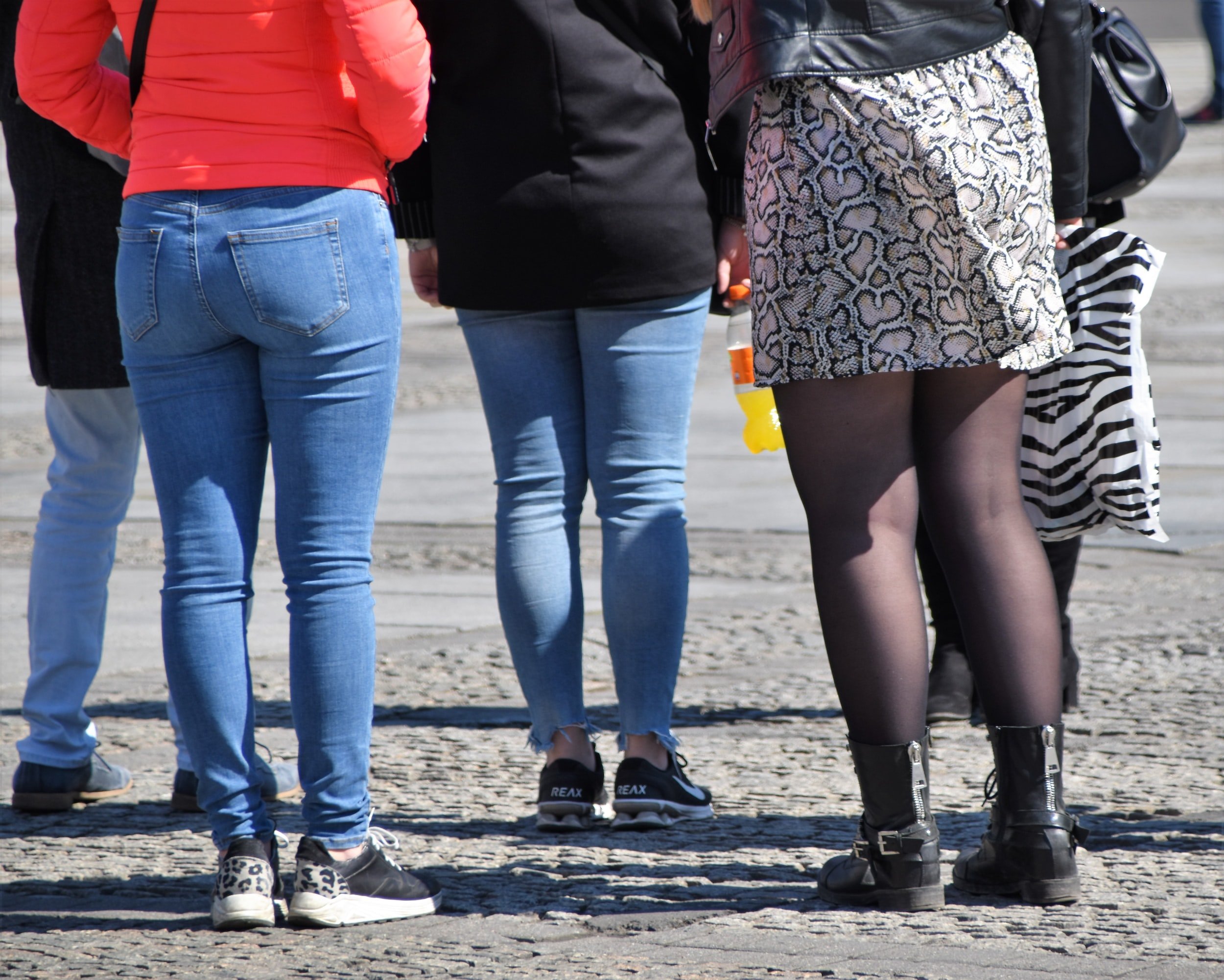Can the Clothes you Wear Lead to Varicose Veins?
The clothes we wear have a big impact on our appearance and our comfort. It may surprise you to learn that your choice of clothing can also impact the health of your veins. Certain types of clothing, especially ill-fitting garments, can contribute to the formation of varicose veins, as well as exacerbate symptoms of existing varicose veins. In this article, we’ll discuss the correlation between the clothes you wear and the health of your veins.
What are varicose veins and what causes them?
Healthy veins transport blood back to the heart and lungs. Tiny valves inside the veins help the blood flow in the right direction against gravity. When the veins are not functioning properly, the blood can reflux (flow backwards) and start pooling in the veins and surrounding tissues. This can result in varicose veins, which are enlarged, bulging veins. Varicose veins can occur throughout the body, but most often affect the legs.
They are frequently associated with a variety of other symptoms, including leg pain or aches in the calf, legs that feel tired, heavy, or itchy, and swelling. When varicose veins and venous reflux go untreated, they often end up causing more serious problems, such as irreversible swelling, skin breakdown, and chronic leg ulcers.
How certain clothes can exacerbate symptoms of varicose veins
Compressing the veins can either help or hinder the blood flow in the veins, depending on what type of pressure or compression is involved. We use this to our advantage with graduated compression stockings, which are often prescribed for varicose veins and vein disease. Graduated compression stockings are designed to be tighter (offering more compression) in the foot and ankle, and looser (less compression) as they go up the leg. This pressure gradient helps the blood to move up the leg, back towards the heart.
However, certain other types of clothing can apply the wrong kind of pressure on our venous system. Wearing clothes that are too tight around the waist or around the legs puts extra downwards pressure on the veins in the legs, impeding proper blood flow. Over time, this kind of constriction and pressure can contribute to venous reflux and varicose veins, or exacerbate the swelling and discomfort caused by existing varicose veins.
Clothes that are good for vein health
Clothes to avoid include pants or skirts that are too tight around the waist, and footwear that is too tight around the ankles and lower legs. To protect your vein health, choose clothes that are the right size for you and relatively loose-fitting. In cold weather, layering clothes that are not too tight can be a good way to achieve this.
Please note that even if you wear loose clothing in an appropriate size, you may still end up with varicose veins, and wearing loose clothing will not get rid of existing vein disease. This is because the development of varicose veins is influenced by many different risk factors.
Final Thoughts
If you want to learn more about your personal risk factors for vein disease, or you are concerned about your existing varicose veins, contact us at Elmore Medical today.
Elmore Medical Vein & Laser Treatment Center is the premier vein specialty medical practice in the Central Valley. Dr. Mario H. Gonzalez and his staff offer years of experience and medical expertise that you won’t find anywhere else. Contact us to set up a consultation appointment.

